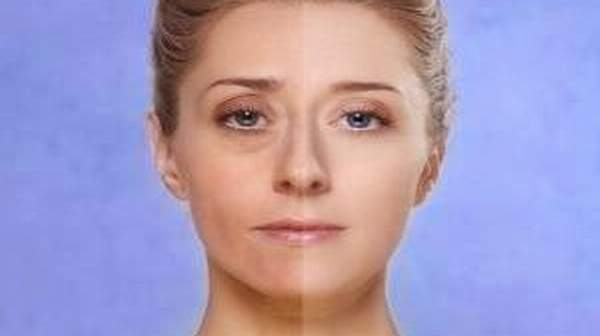Bags under eyes mild swelling or puffiness under the eyes are common as you age. With aging, the tissues around your eyes, including some of the muscles supporting your eyelids, weaken. Normal fat that helps support the eyes can then move into the lower eyelids, causing the lids to appear puffy. Fluid also may accumulate in the space below your eyes, adding to the swelling.
Bags under eyes are usually a cosmetic concern and rarely a sign of a serious underlying medical condition. At-home remedies, such as cool compresses, can help improve the appearance of bags under eyes. For persistent or bothersome under-eye puffiness, cosmetic treatments are available.
Causes
As you age, the tissue structures and muscles supporting your eyelids weaken. The skin may start to sag, and fat that is normally confined to the area around the eye (orbit) can move into the area below your eyes. Also, the space below your eyes can accumulate fluid, making the under-eye area appear puffy or swollen. Several factors can lead to this, including:
- Fluid retention due to changes in weather (for example, hot, humid days), hormone levels or eating salty foods
- Not getting enough sleep
- Allergies or dermatitis, especially if puffiness is accompanied by redness and itching
- Heredity under-eye bags can run in families
Symptoms
Bags under eyes can include:
- Mild swelling
- Saggy or loose skin
- Dark circles
- Drink plenty of water. Under-eye bags are often caused by the retention of water due to high salt concentration in the area. You might wake up with bags after eating a salty dinner or crying; whether it’s from tears or food, salt can draw water to your face and cause it to collect under your eyes. Flush excess salt from your system by drinking water. Avoid salty foods for the rest of the day.
- Get enough sleep. Sound sleeping is an inexpensive, easy way to help minimise dark under-eye circles, no matter what the cause. Sleep not only helps keep eyes bright, it also aids your body in repairing cell damage to your skin.
- Soothe your eyes with something cold.[1] You’ve probably heard that placing cucumbers over your eyes will help reduce bags, but it’s actually the cool temperature that soothes the area. Cucumbers happen to be the perfect shape, size and texture to treat under-eye bags, so go ahead and slice one up – just make sure it’s been chilling in the refrigerator beforehand. If you don’t have a cucumber, wet a few teabags and chill them in the freezer or refrigerator before placing them over your eyes. Use a soothing tea, like chamomile or peppermint, so you get the benefits of aromatherapy at the same time.
- Reduce alcohol and caffeine. Though they may perk you up in the short term, caffeine and alcohol don’t do the same for your skin. They can cause mild dehydration, making dark circles more obvious.
- Consider skin lighteners. However the British Skin Foundation cautions that many skin-lightening creams contain illegal compounds that can damage your health. To help reputable skin-lightening products work their best, avoid the sun and use sunscreen daily.
- Check out injectable fillers. A dermatologist or cosmetic skin doctor may administer these if your dark eye circles are due to broken blood vessels. Fillers can also help if fat loss is the cause of hollows or shadowing under the eyes.
- Look into laser treatments and vitamin K. Laser treatments may reduce the appearance of dark circles due to broken blood vessels. Skin care products containing vitamin K may also help.
- Go a shade lighter in your concealer. A concealer one shade lighter than your skin tone can help disguise under-eye circles. A concealer with an SPF of 15 or higher provides double benefits. If your skin tends to be oily or acne-prone, use an oil-free concealer.





